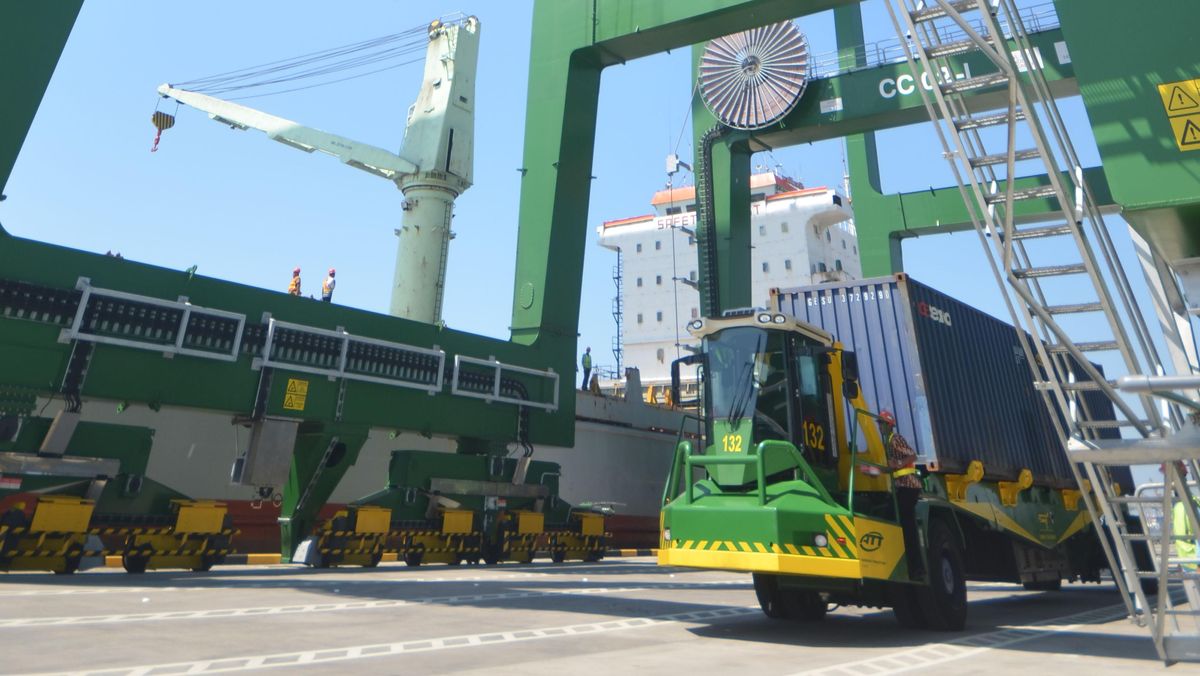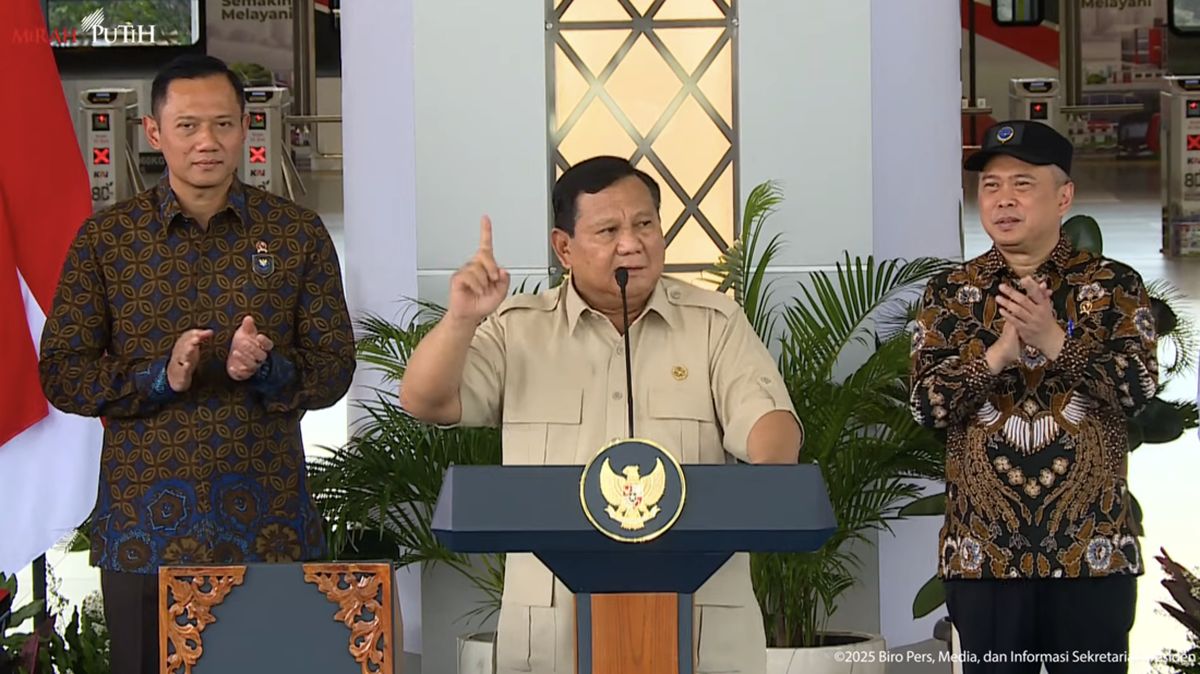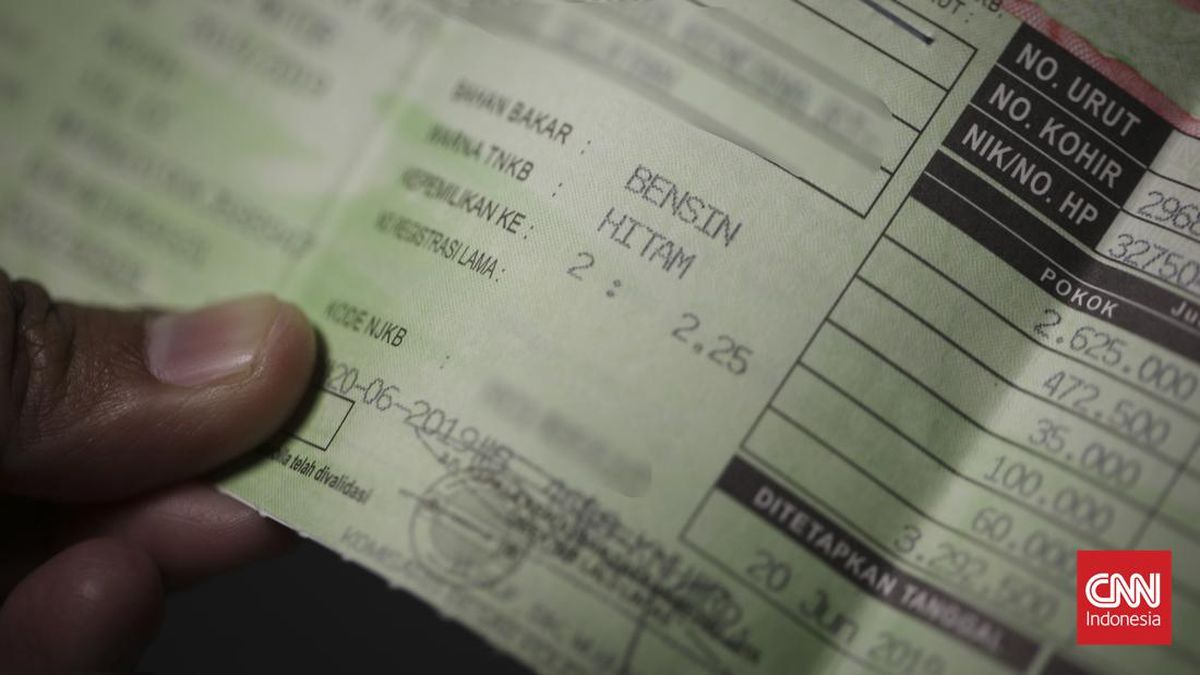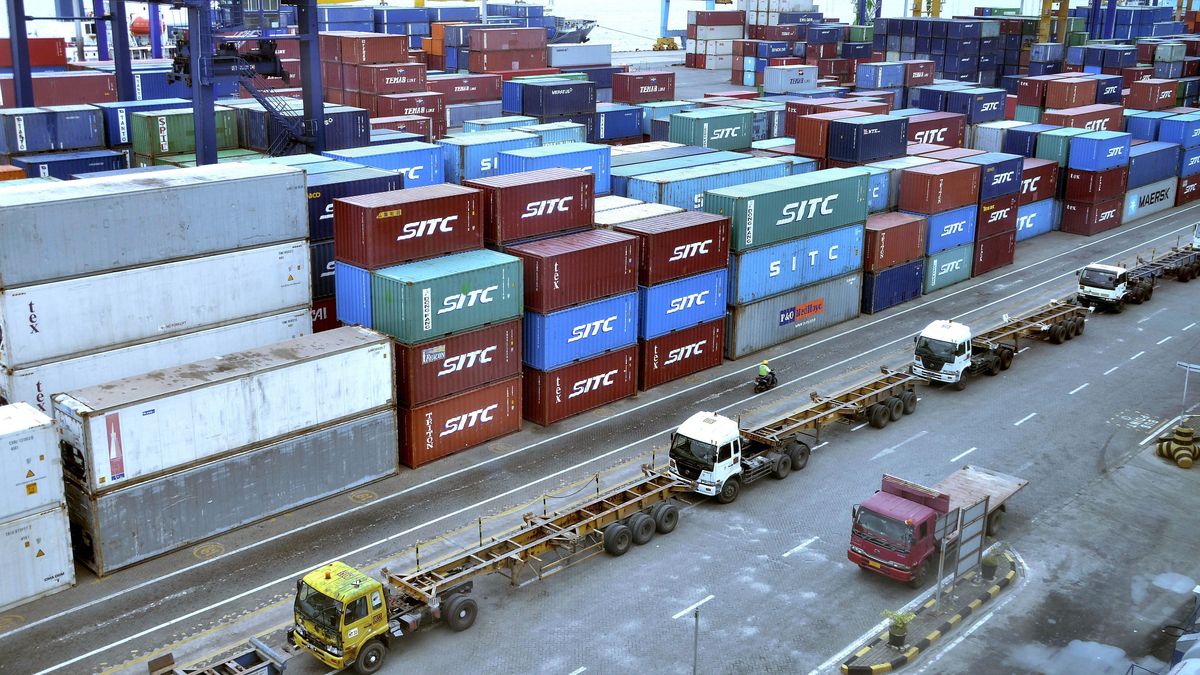In explaining the Nationals’ decision to abandon the policy of pursuing net zero emissions by 2050, leader David Littleproud said the party was not opposed to reducing emissions, but that it was unfair that Australia was reducing emissions so much faster than its peers.
“We believe that we can peg ourselves to the rest of the world. We’re not going to be a laggard, but we’re not going to streak ahead,” Littleproud said, with direct reference to nations in the OECD.

Nationals leader David Littleproud said his party was not opposed to emissions reductions cuts, but Australia should not lead the pack.Credit: Alex Ellinghausen
Nationals senator Matt Canavan, who led a party review into net zero with his colleague Ross Cadell and the Nationals-aligned Page Research Centre, said Australia was reducing its greenhouse gas emissions at twice the rate of other rich nations, a figure that would grow to three times the rate in the coming years.
Is Australia doing more than comparable countries when it comes to reducing emissions?
“No, it’s not,” says Australian National University professor Frank Jotzo, director of the Centre for Climate and Energy Policy.
Loading
Yet, under international emission reduction accounting rules, Australia can rightly claim to have reduced emissions more than its OECD peers, as Littleproud says.
How can both points be true?
The answer goes back to negotiations leading up to the Kyoto Protocol in 1997. Australia was among a bloc of nations that successfully pushed for land use, land-use change, and forestry to be included in emissions accounting. The provision became known as “the Australia clause” and it benefited Australia because widespread land clearing was still being undertaken while it had been largely abandoned in other OECD nations.
As a result, Australia’s emissions baseline was set high, meaning that when regulations restricting land clearing in NSW and Queensland were introduced, national emissions plummeted from that baseline. In other words, while Australia had not yet commenced the difficult political and technical work many OECD peers were undertaking in reducing industrial and agricultural emissions, Australian reductions appeared to be greater under the accounting regime.
Today, Australia’s transport emissions are still growing because we are just beginning the process of electrifying our vehicle fleet while our industrial and agricultural emissions have largely flatlined.
Our energy emissions are falling because we have had success in deploying renewables.
However, once land use is included in the headline figure, Australia’s emissions fell by 29 per cent between 2005 and 2023.
“We are almost unique in the OECD for the land sector playing such a large role in our emissions profile,” says Jotzo. “A relevant comparison is actually everything except land use change and forestry.”
Using that metric, he calculates the OECD’s reduction to be about 15 per cent between 2005 and 2023, compared with about 5 per cent for Australia.
According to Bill Hare, one of the founders of Climate Analytics, which analyses global reduction efforts, Australia is far from streaking ahead.
“When it comes to reducing the emissions that really matter which are from fossil fuels, industry waste and agriculture Australia is at the bottom of the pack, just behind South Korea,” he says.
“Australia likes to talk about its net emissions reductions from 2005, but these are largely driven by two facts – land sector emissions [which were at their highest in 2005], meaning that any reductions would look good, and further, it has progressively reported increasing land sector carbon sequestration, which seems to be largely due to methodological and accounting changes.”
What about future targets?
Economist Nicki Hutley, a member of the Climate Council and a former partner at Deloitte Access Economics, says our targets of reaching net zero by 2050 and reducing emissions by between 62 and 70 per cent do put us in the leadership group, but not at the head of the pack.
According to Hutley, the easy cuts have already been made and now Australia must work harder to make more concrete reductions, which is crucial because as other nations wean themselves off coal and gas – two of Australia’s chief exports – we will need to replace those industries.
This in turn means ramping up renewables not only to drive down our own emissions, but to fuel industries of the future.
How does the Nationals’ policy hit renewables?
Richie Merzian, a former Australian climate diplomat who is now chief executive of the Clean Energy Investor Group, said that by abandoning net zero the Nationals risk damaging growth in the renewables sector.
“Australia is competing for global capital for its local transition, and if a major political party just completely shifts away from net zero, then it’s a concern, especially if that’s a potential alternative government.
“We make ourselves less attractive for international investors, then we’ll have less capital and looking to invest as competition and ultimately higher energy prices.”
Start the day with a summary of the day’s most important and interesting stories, analysis and insights. Sign up for our Morning Edition newsletter.
Most Viewed in Environment
Loading


















































